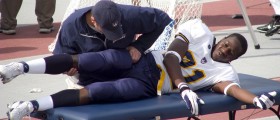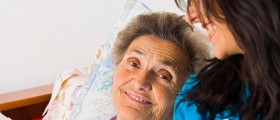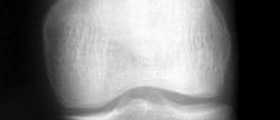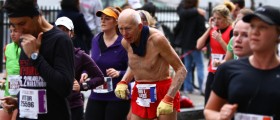
The injuries of legs are considered as ones of the most frequent injuries. There is no exception; these injuries can happen on trainings, at workplace, or at home.
Naturally, legs are most likely to get hurt in sportsmen, due to the excessive effort they must show. These leg injuries are especially caused by the high-speed trainings (cycling, skiing, skateboarding, etc) and during the practice and competitions of the contact sports, such as football and wrestling.
Also, the targeted groups are the small children and elderly people, because of the higher risk of the accidental falls.
The leg spots that are the most likely to get hurt are the joints (ankles, feet and knees), and, of course the bones and the muscles. The injuries are classified in the two general groups; those that are caused by an injury and those that are the undesirable consequences of some excessive usage.
Those leg injuries can be some mild conditions that can be treated at home, but, the more severe traumatic injuries of legs are very common, too. And they should be treated more seriously.
The leg traumas are different kinds of the acute injuries, such as the fractures, bends, strains, twists and the other. They are called acute because their most pointed out symptom is a sensation of the harsh and unexpected pain. When some of these acute problems happen, it is advisable to seek a medical help and advice.
As already mentioned, the most frequent injuries are those of the bone (different kinds of fractures), of the joints (dislocations), the injuries of the tendons and ligaments (e.g. tearing apart the Achilles tendon) and the muscle injuries (ruptures and strains).
The bruises, or as medically called contusions, are also included in the acute injuries, although they are not dangerous at all.
When it comes to the injuries which are caused by some kind of overuse, meaning exposing one part of the leg is the excessive effort frequently, the same, previously mentioned weak points, are under the risk. Commonly, such conditions are the inflammatory processes of the different kinds of the leg’s tissues.
For example, the most common are the following inflammations: of tendons, of the fibers that cover the bone, of ligaments, of tibia (scientifically called the Osgood-Schlatter disease), and of the liquid which has the function of lubricating the bones.
And, finally, as it is already well-known, the healing process must include the lifting up of the affected leg and the treatment with ice in order to reduce a swelling or an inflammation. In many cases, the obligatory actions are also putting on a cast or a brace, so that the leg gets forced to stay in the natural position. Also, the rehabilitation period and the intake of some beneficial medications must be mentioned as very helpful treatments.

















Your thoughts on this
Loading...